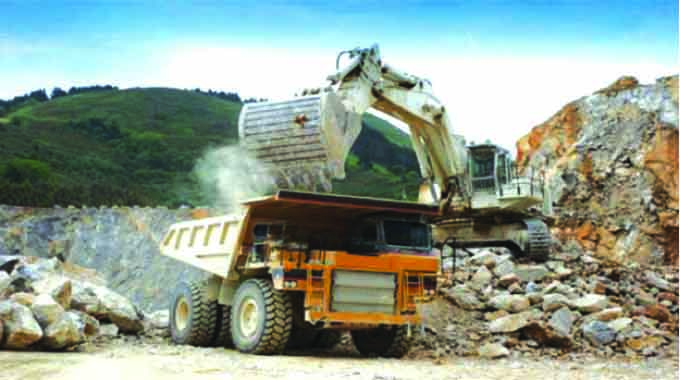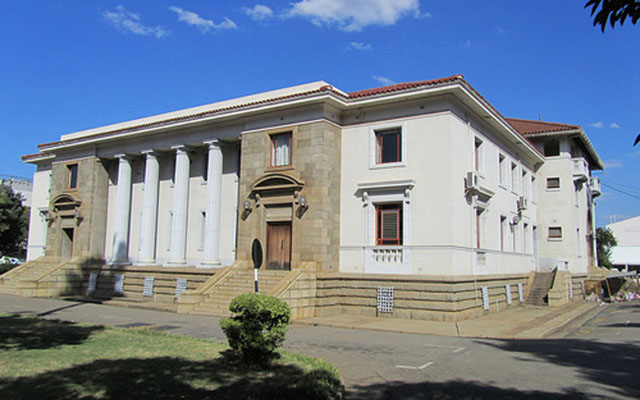UK firm discovers nickel in Bulawayo

Michael Tome Business Reporter
United Kingdom-based Galileo Resources has announced the discovery of potential nickel targets at its Bulawayo gold project following the recently conducted airborne geophysical survey on its two exclusive prospecting orders.
Galileo currently has exclusive prospecting orders (EPO) covering 1 300 square kilometres in Bulawayo, with gold as the primary target, and another 520 square kilometres in Kamativi, where lithium and tantalum are the primary targets.
The survey, which was carried out by Xcalibur Airborne Geophysics, an external consultant for Galileo, revealed that it had identified several areas with nickel deposits potential.
According to Xcalibur, the majority of these mineral deposits are greenstone-hosted mainly found in meta-gabbro rocks. The contractor also established the existence of greenstone belts, banded iron formations, and geological structures, which are favourable for gold and nickel mineralization in areas that had not been explored hitherto.
If successful, the discovery would benefit Zimbabwe’s mining sector growth ambitions given the ongoing electric car revolution, which could transform the nickel mining company’s fortunes, since the mineral is a major component in the manufacture of electric car batteries.
Zimbabwe is looking to grow mining, a strategically key sector to the economy which accounts for well over three quarters of its forex earnings, into a US$12 billion industry by the fall of 2023, with nickel, chrome and steel expected to chip in with a combined US$1 billion.
In a statement Galileo chairman and chief executive officer Collin Bird said the nickel discovery was unforeseen given that the exploration was mainly seeking gold.
“Galileo Resources is pleased to report that several potential nickel targets were highlighted in the recent airborne geophysical survey over the two exploration licenses comprising the Bulawayo Gold Project in the recent survey.
“Three nickel targets with the potential for follow-up have been identified together with several further sites of interest,” said Mr Bird.
“We are delighted to report that one outcome of the recent survey has been an early indication of the possibility of the presence of nickel on our licenses which was unexpected and a bonus to the Company’s gold mission.”
According to Galileo, the review of the geological archive has highlighted the potential in Phoenix, Selkirk, Empress, Hunters Road, Epoch, Damba, Mimosa, Trojan and Selukwe among the better-known Zimbabwe.
Global nickel usage jumped by 16, 2 percent in 2021 on the back of booming demand from both the dominant stainless steel and fast-growing battery end-use sectors.
According to the International Nickel Study Group (INSG) this led to a supply shortfall of 168 000 tonnes, the largest production deficit in at least a decade.
Stainless steel will remain the main consumer of nickel and is expected to average 67 percent while the use of Nickel in the production of electric vehicles is expected to increase to 18 percent by 2025.
This is because many countries are shifting towards attaining a more sustainable future.
Major economies have moved to adopt and promote electric vehicles in an effort to lessen carbon emissions from the traditional internal-combustion engines, and eventually help the transport and power sectors contribute towards reaching the 2-degree Celsius goal as set by the Paris Agreement.
Nickel consumption is expected to grow by 8, 6 percent this year, likely to surpass the three million tonne mark for the first time ever with projected average growth in excess of 4 percent per annum year on year.










Comments